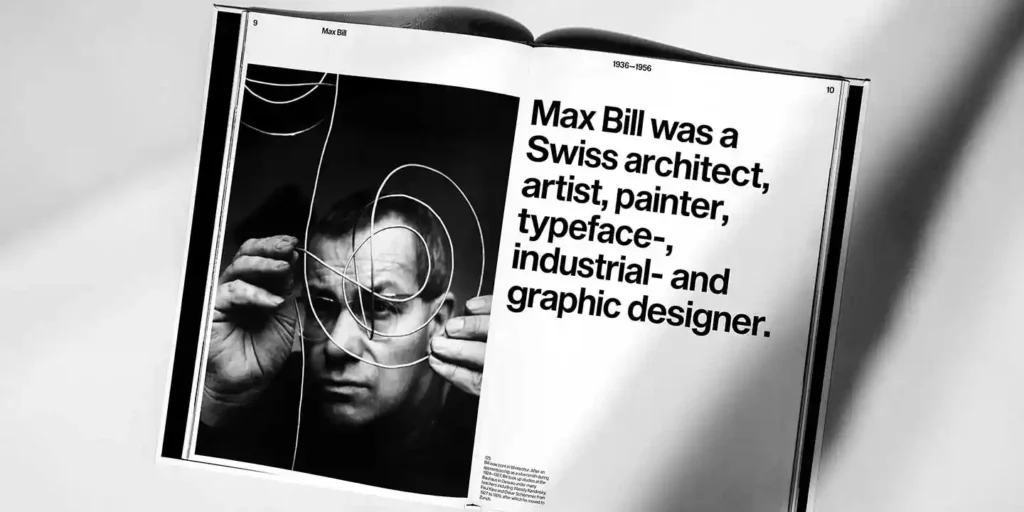Explore different fonts
Sequel Sans, which is a neo-grotesque font, presents flexibility and versatility. It represents an excellent option for various design applications. As a contemporary member of the neo-grotesque family, Sequel Sans came into being as a result of cooperation. This partnership was with the renowned Max Bill Georges Vantongerloo Foundation. The typeface’s design principles are inspired by the characteristics of sans-serif fonts. Max Bill, the Swiss polymath, was a big fan of these fonts, as he became recognized for his artistic activities. The design team designed Sequel Sans to be flexible and open. It covers a wide range of styles.
It is a modernistic font that captures the idea of a neo-grotesque style. This is the style from the mid-20th century Swiss design movement. It pays homage to the never-dying tyopgraphic influence of Max Bill providing a powerful design tool. Not only can designers but also with the help of Swiss modernism they can communicate messages to the point. Sequel Sans is a plain, flexible font which makes content stronger. It is compatible with print as well as digital media.
The family includes eight weights, each paired with an appropriate italic, and it incorporates a range of Variable Fonts. Additionally, these typeface families feature four optical sizes, and the designs are tuned with precision. The measurements include Normal, Subhead, Headline, and Display. As we transition to bigger optical sizes, this brings about small changes. These changes include a decrease in letter-spacing and slight modifications of the glyph shape. Consequently, these subtleties increase the overall legibility and impact in larger sizes.
It is available in four optical sizes, each optimized for different application. The smallest size is used for body text, and the largest is for large displays. It guarantees better legibility and efficiency, regardless of the type of text- body text or headlines.
The creation of Sequel Sans is inspired by Max Bill’s usage of sans-serif fonts. It embodies modernist nature and the mid-century Swiss design movement. Accuracy at small sizes is mainly based on TrueType fonts. OpenType fonts provide an excellent depth for larger screens.



